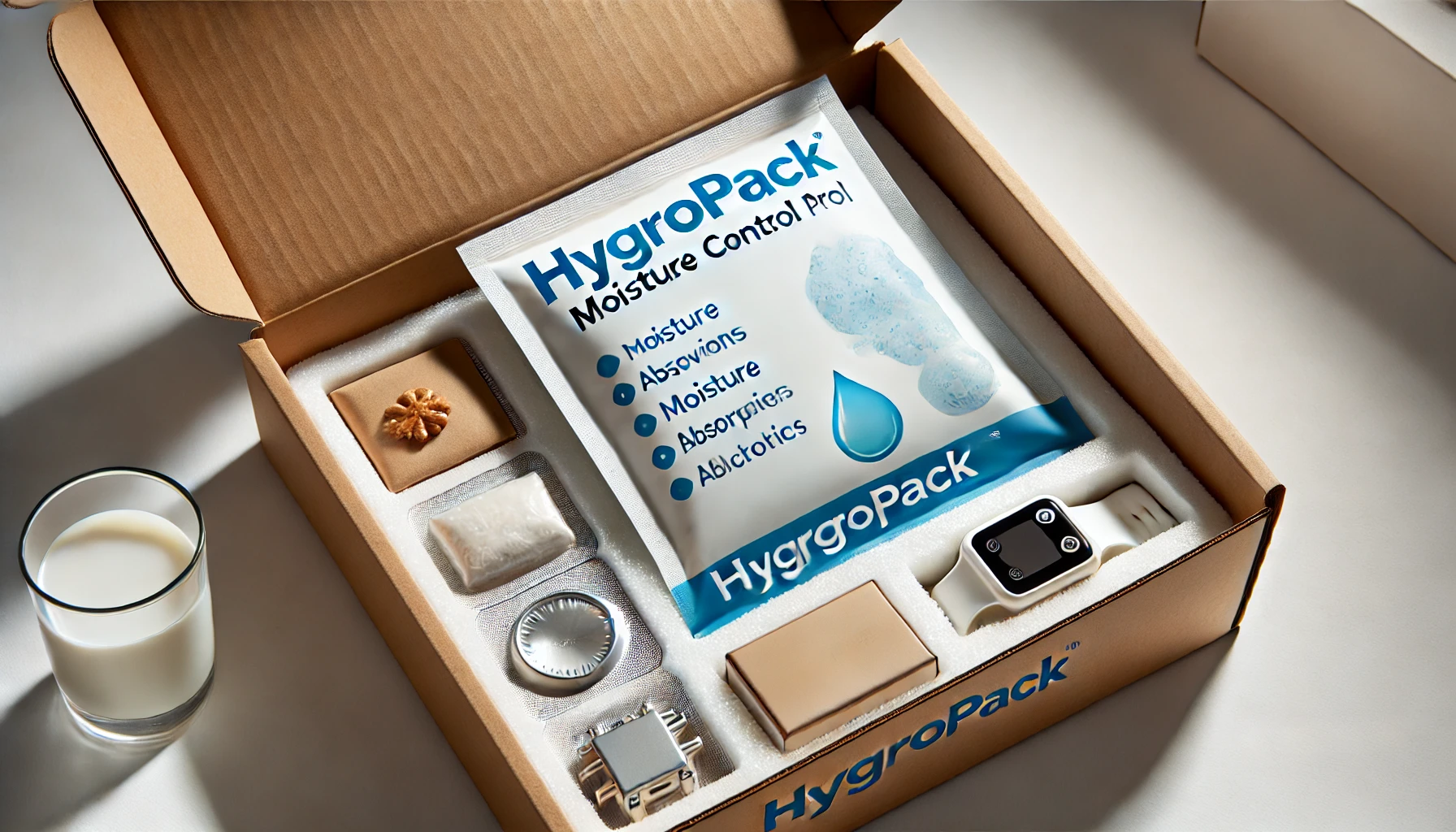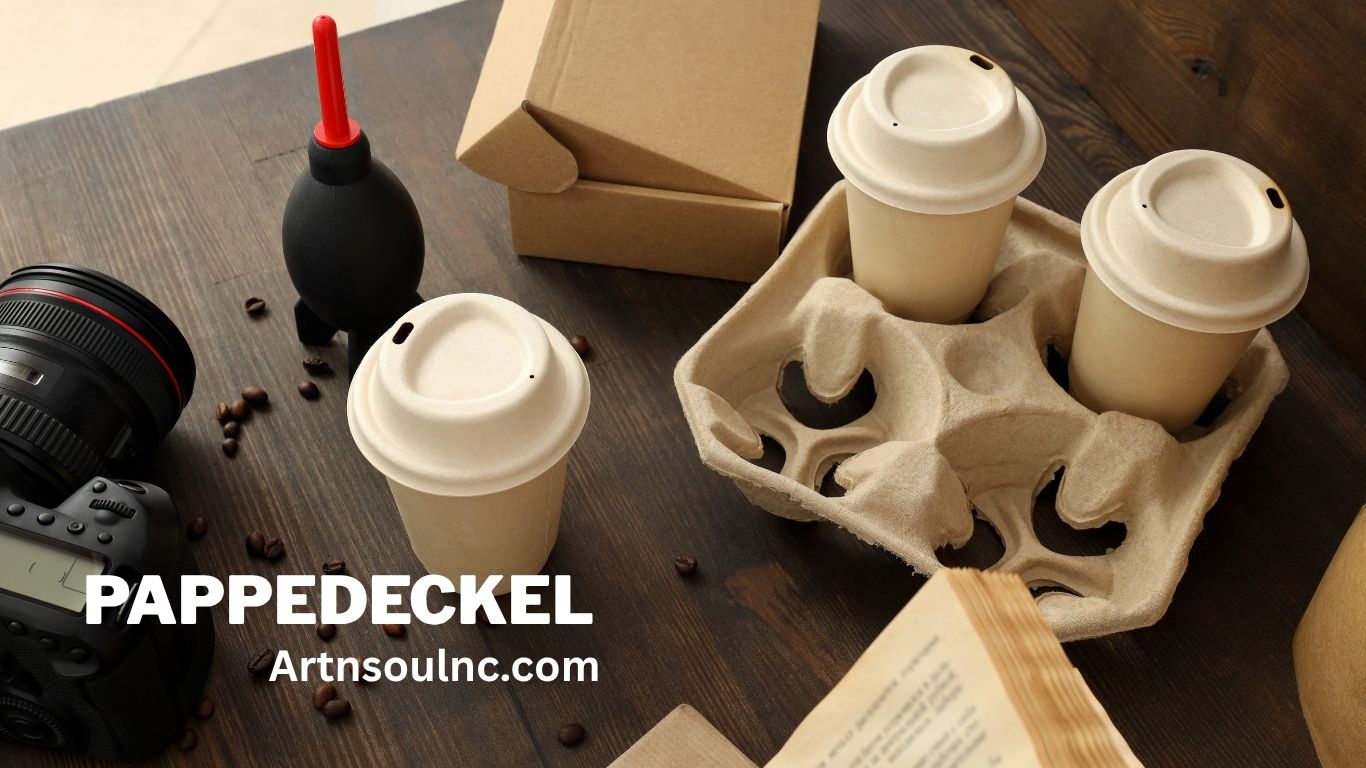Hygropack is an innovative solution designed to manage moisture effectively in packaging and storage. By preventing excess humidity, it protects products from damage, mold, and spoilage. Whether used in food preservation, electronics, or pharmaceuticals, hygropack provides an essential layer of protection.
Hygropack Explained
Hygropack is a moisture-absorbing packet designed to control humidity levels within sealed packages. Made with desiccant materials, it effectively absorbs excess moisture, preventing damage to sensitive items.
It is commonly used in industries where moisture can compromise product quality, such as food storage, electronics packaging, and pharmaceutical protection. The small but powerful design makes it ideal for long-term product preservation.
How hygropack Works
hygropack uses moisture-absorbing materials like silica gel, clay, or activated carbon to capture water molecules from the surrounding air. When placed in a sealed container, it reduces humidity levels, creating a dry environment that protects the enclosed items.
The absorption process works through a natural chemical reaction where water molecules are trapped within the desiccant material. Once fully saturated, the hygropack stops absorbing moisture, making it essential to monitor or replace the packets over time.
The History of hygropack
The concept of moisture absorption dates back centuries, with early methods using salt and natural clays. However, modern hygropack technology evolved with the discovery of silica gel in the early 20th century.
As industries grew, the demand for reliable moisture control solutions expanded. hygropack was developed to meet the specific needs of modern packaging, combining advanced desiccant materials with efficient designs to offer superior protection.
Key Features of hygropack
hygropack stands out due to its advanced features designed for maximum moisture control and product safety.
High Absorption Capacity
Each packet is capable of absorbing significant amounts of moisture relative to its size.
Non-Toxic Materials
Made from non-hazardous desiccants, making it safe for use with food and pharmaceuticals.
Compact Design
Small and lightweight, making it easy to place inside various types of packaging.
Long-Lasting Protection
The materials ensure extended moisture control over prolonged storage periods.
Customizable Sizes
Available in various sizes and absorption capacities for different packaging needs.
Benefits of Using hygropack
hygropack offers multiple advantages across industries by protecting products from moisture damage.
Prevents Mold and Mildew
By absorbing excess moisture, hygropack reduces the risk of mold formation on stored goods.
Protects Sensitive Electronics
Electronics remain safe from moisture-related damage, such as corrosion and short circuits.
Extends Shelf Life
Food products and pharmaceuticals maintain freshness for longer durations.
Cost-Effective
Preventing product spoilage reduces financial losses caused by damaged goods.
Easy to Use
hygropack packets require no installation or special handling, making them convenient for all users.
Industries Using hygropack
hygropack has become a trusted solution across various industries where moisture control is essential.
Food and Beverage
Used to preserve dry food products like cereals, spices, and snacks.
Electronics
Protects delicate components from moisture-induced damage during shipping and storage.
Pharmaceuticals
Maintains the integrity of medicines, capsules, and supplements.
Textiles
Prevents moisture buildup in clothing, fabrics, and leather goods during transit.
Aerospace and Defense
Used for protecting critical equipment and materials from humidity exposure.
Types of hygropack Products
hygropack is available in several variations to suit different packaging requirements.
Silica Gel Packets
Made with silica beads known for high moisture absorption capacity.
Clay Desiccants
Eco-friendly and biodegradable desiccant option suitable for larger packaging.
Molecular Sieve Packets
Ideal for extremely low humidity environments, such as high-tech manufacturing.
Activated Carbon Packets
Absorbs both moisture and odors, making it useful for food storage.
How to Use hygropack Effectively
To maximize the effectiveness of hygropack, proper usage is essential.
- Choose the Right Size: Select a packet size based on the volume of the container.
- Seal Packages Properly: Ensure airtight packaging to prevent external moisture intrusion.
- Distribute Evenly: Place multiple packets evenly across larger packages.
- Monitor Saturation: Check periodically for signs of moisture saturation.
- Replace When Necessary: Replace old packets to maintain optimal performance.
How hygropack Compares to Other Moisture Control Solutions
hygropack offers several advantages compared to traditional moisture control methods.
| Feature | hygropack | Traditional Desiccants | Moisture Absorbing Pads |
|---|---|---|---|
| Absorption Efficiency | High | Moderate | Moderate |
| Non-Toxic Materials | Yes | No | Yes |
| Versatile Use | Yes | Limited | Limited |
| Customization Options | Extensive | Minimal | Limited |
| Cost-Effectiveness | High | Moderate | Moderate |
Common Myths About hygropack
Several misconceptions exist about moisture control solutions like hygropack.
- “All Moisture Packets Are the Same”: Different desiccants serve varying purposes and absorption levels.
- “hygropack is Only for Electronics”: It is used across multiple industries, from food to textiles.
- “Reusable After Drying”: Some types, like silica gel, can be reused after drying, but not all hygropack variations.
Environmental Impact of hygropack
hygropack has taken steps to reduce its environmental footprint by using eco-friendly materials and recyclable packaging.
- Biodegradable Options: Clay and natural desiccants available.
- Minimal Plastic Use: Reduced plastic in packaging design.
- Recyclable Materials: Encourages proper disposal and recycling.
How to Store hygropack
Proper storage ensures hygropack remains effective before use.
- Keep in Airtight Containers: Prevents pre-activation from ambient moisture.
- Store in Cool, Dry Areas: Reduces the risk of early saturation.
- Avoid Direct Sunlight: UV exposure can affect the packaging material.
Choosing the Right hygropack for Your Needs
Selecting the appropriate hygropack depends on the product and packaging size.
- Small Items (Jewelry, Watches): Silica gel packets.
- Food Storage: Food-grade silica gel or activated carbon.
- Large Shipments: Clay desiccants or multiple silica gel packets.
Frequently Asked Questions
What is hygropack used for?
hygropack is used to control moisture in packaging, preventing damage to products like food, electronics, and textiles.
Can hygropack be reused?
Some versions, like silica gel, can be reactivated by heating, while clay desiccants are typically single-use.
Is hygropack safe for food storage?
Yes, food-grade hygropack options are available, ensuring safety for consumables.
How long does hygropack last?
Longevity depends on the environment and saturation level but typically lasts for months in sealed packages.
What materials are used in hygropack?
Silica gel, clay, activated carbon, and molecular sieves are commonly used.
How should hygropack be disposed of?
Most variants can be disposed of with regular waste, while eco-friendly options can be composted.






